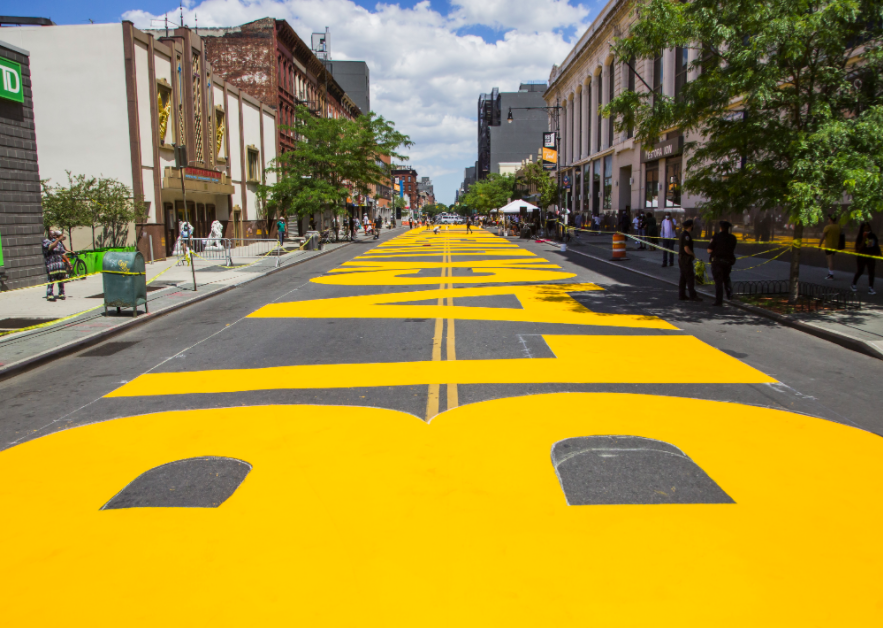
50 statistics showing how structural racism impacts Black Americans
50 statistics showing how structural racism impacts Black Americans
"Disparity'" has become a buzzword. Regularly, news consumers are greeted with disturbing statistics splashed across news headlines highlighting structural racism and its impact on Americans. The numbers generally display large divides in the number of difficulties that befall Black people compared to their white counterparts—especially because Black people only make up around 12% of the U.S. population.
Systemic racism has long been studied in its many iterations and effects on Black life. For decades, many researchers have marked accusations and outcries of institutional bias against Black people, chronicling examples and compiling results that churn out startling statistical disparities relative to white people.
And those data-driven endeavors run the gamut of American life, examining institutions of every stripe. The numbers suggest that racial bigotry is baked into the foundation of American systems of education, law enforcement, housing, finances, employment, and healthcare.
In certain instances, research suggests that branches of American existence, like police or health care, don't just abuse or mistreat. These institutions can also use power and influence to actively kill and neglect dying African Americans. The effects of structural racism is a lifelong ordeal, draining dignity and health from those affected. However, it can also strike in an instant.
Both variations have their physical and practical effects on Black people. But the impacts of perpetual racism in any American system or culture and the persistent threat of state violence with impunity can wreak emotional and psychological havoc in individuals. Add it all up, and the overall wellbeing of Black people and their overall health is significantly altered.
Stacker consulted dozens of these primary sources, ranging from journalistic observations, governmental staff projects, nonprofit and advocacy initiatives, and academic studies, to put together a list of 50 statistics showing the impact of structural racism on Black people.
You may also like: 'I have a dream' and the rest of the greatest speeches of the 20th century
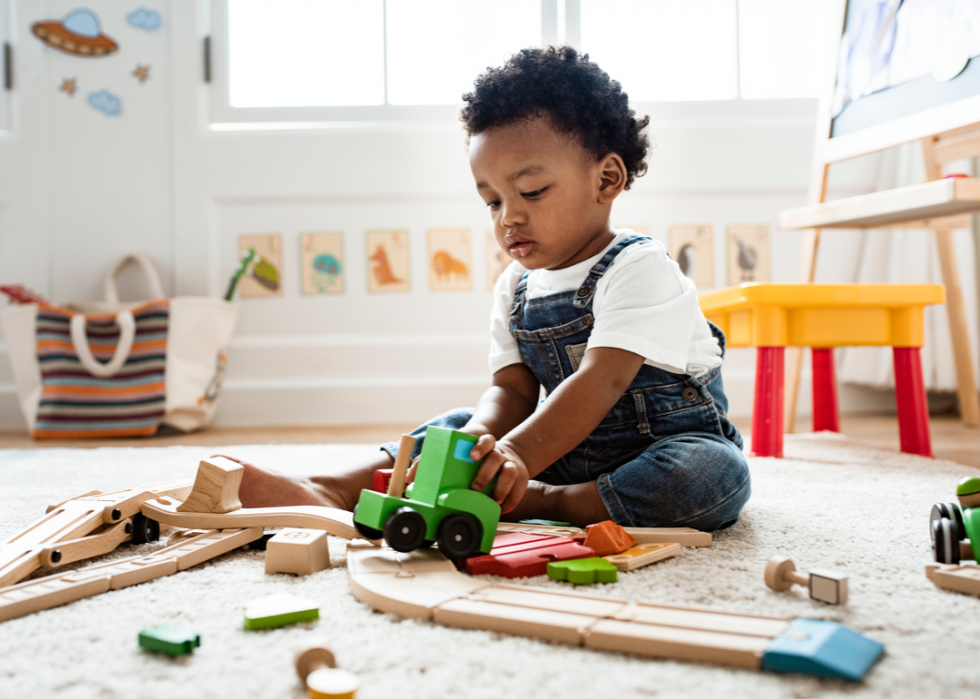
Black preschoolers are far more likely to be suspended
It starts right away in the institution most are first acquainted with: education. While Black students make up less than 20% of the nation's preschoolers, the U.S. Department of Education Office for Civil Rights reported in 2014 that 48% of more than one out-of school suspensions from 2011 to 2012 were given to Black kids.
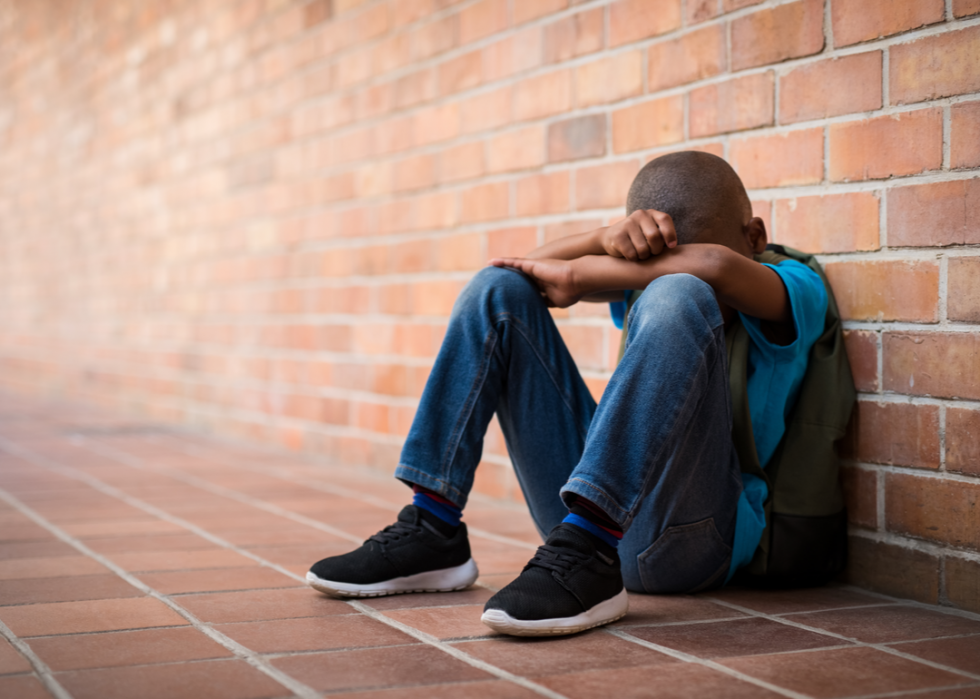
Black special needs students are more likely to be restrained at school
Students with disabilities are sometimes neglected by schools that resort to restraining and isolating them. Black kids make up 19% of students with disabilities, but 36% of this group have been restrained at school, according to data released 2014 by the U.S. Department of Education Office for Civil Rights.
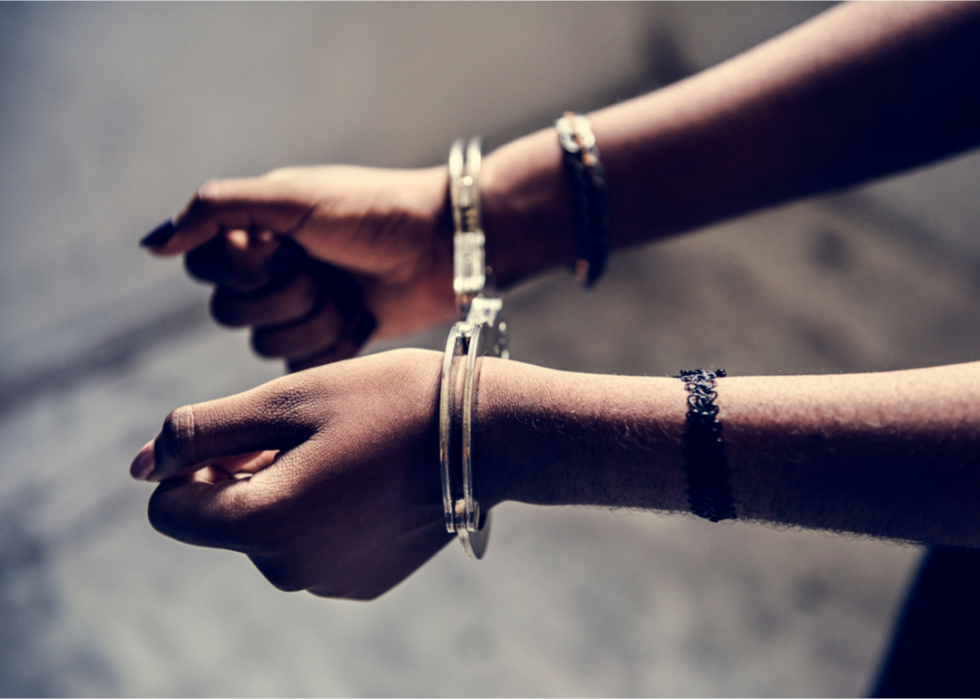
Black students represent a considerable share of school-related arrests
The school-to-prison pipeline is one of the more publicized scourges on Blackness. The American Civil Liberties Union reports around 31% of arrests at school involve a Black student, yet only 16% of America's public school population is Black. The recent killing of George Floyd at the hands of Minneapolis police in May has sparked a greater interest in re-examining law enforcement's presence in schools.

Black students are segregated
Brown v. Board of Education, other civil rights era cases, and measures to legally thwart education segregation has done little to quell the issue in reality. In public schools, an average Black student attends a school that's 50% Black, according to a 2016 report from the Metropolitan Policy Program at Brookings.

Black children from parents with only a high school diploma are far less likely to get a college degree
The Department of Education learned the history of a sophomore class of high schoolers in 2002 and tracked their academic careers. In 2017, it released the following racial data; 49% of first-generation college students were white students and 14% were Black students.
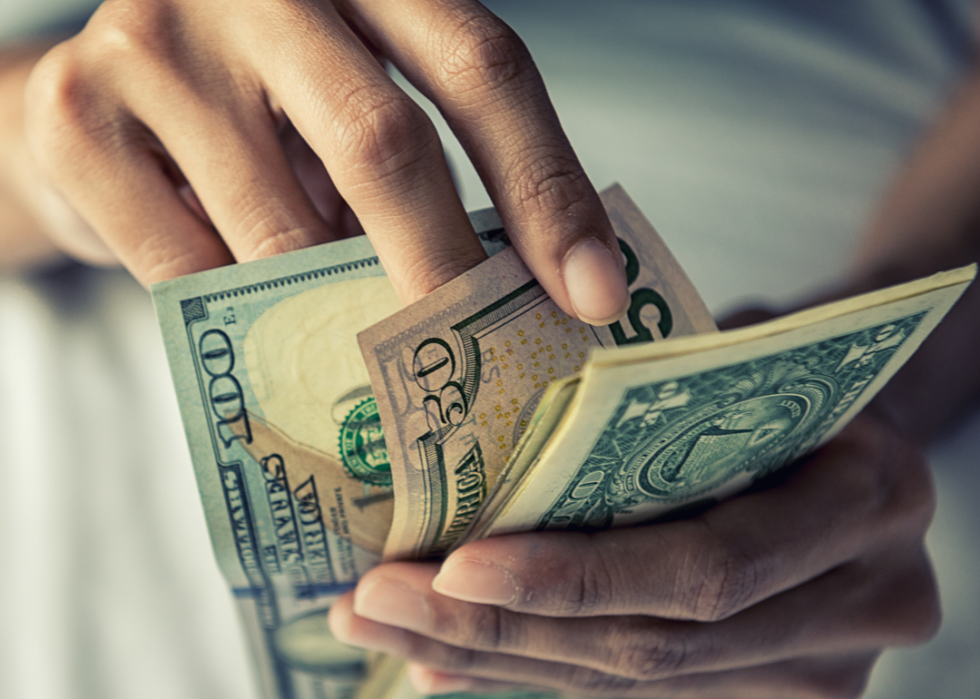
Black wealth is nearly nonexistent
In 2013, the median household income for white people was 13 times higher than for Black people, according to Pew Research. That's the most significant wealth disparity since 1989.
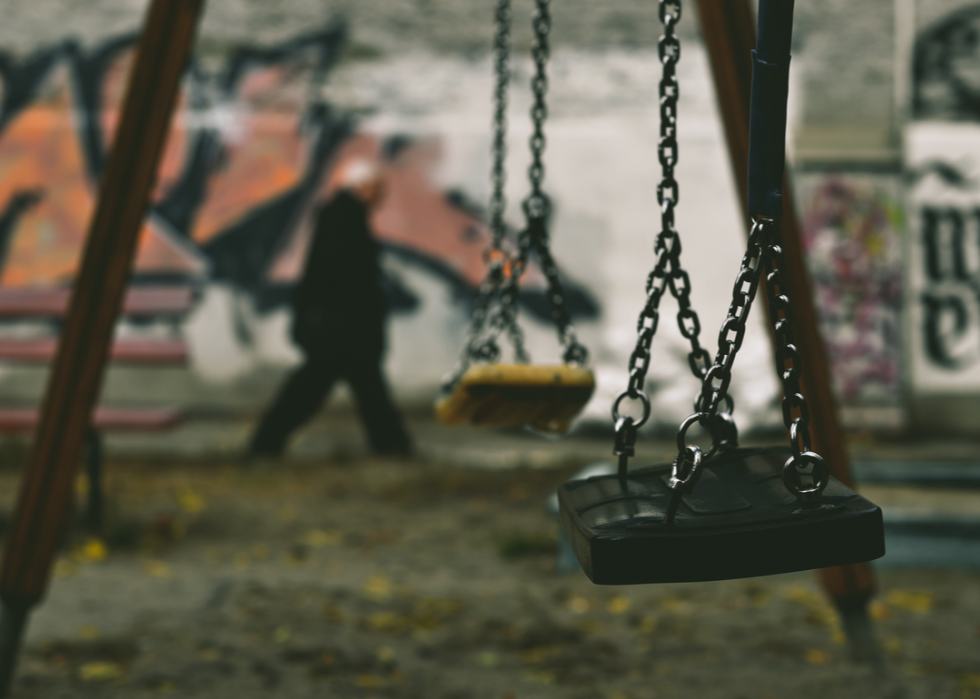
Half of Black people born poor stay that way
Upward mobility is much more difficult in the face of structural racism. On average, Brookings reports 51% of Black people born in poverty remain there at age 40, based on 2011 population data.

Black people were impacted more during the Great Recession
A 2014 Pew Research report notes the Great Recession hit Black people harder than white people. In 2007, the net median household wealth of Black people was $19,200 compared to over $192,000 for white people (Pew's values are expressed in 2013 dollars).
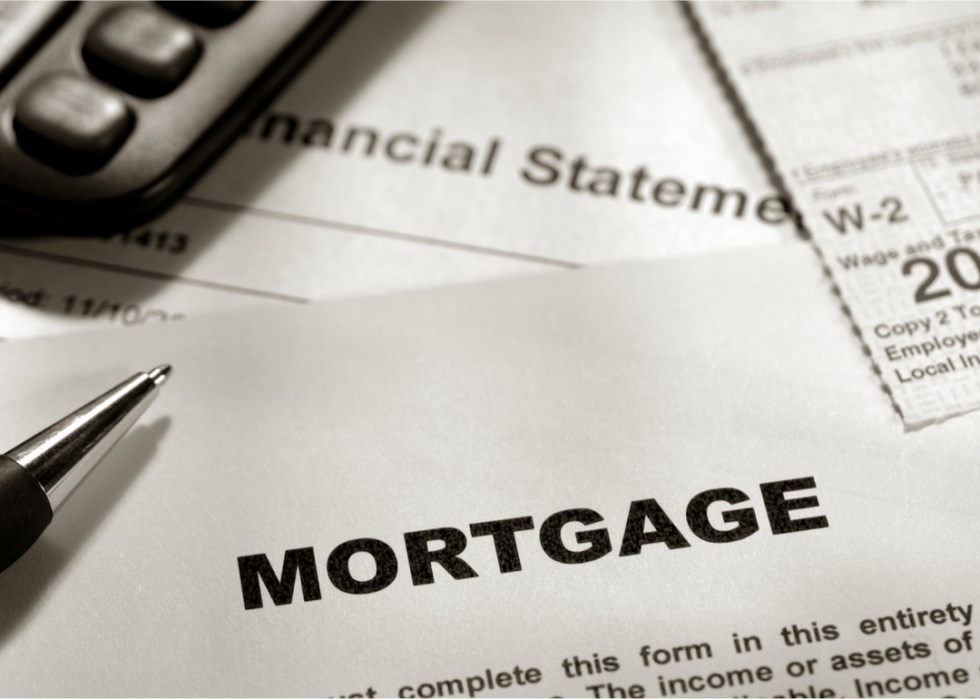
Black people are more likely to have mortgage applications denied
Though the percentage shifts, Black people are consistently denied at higher rates than non-Black mortgage applicants. From 2006 to 2008, Black people were experiencing rejection rates over 30%, while the rejection rate for white people hovered above 10%, according to a Business Insider article citing data from the Consumer Financial Protection Bureau.
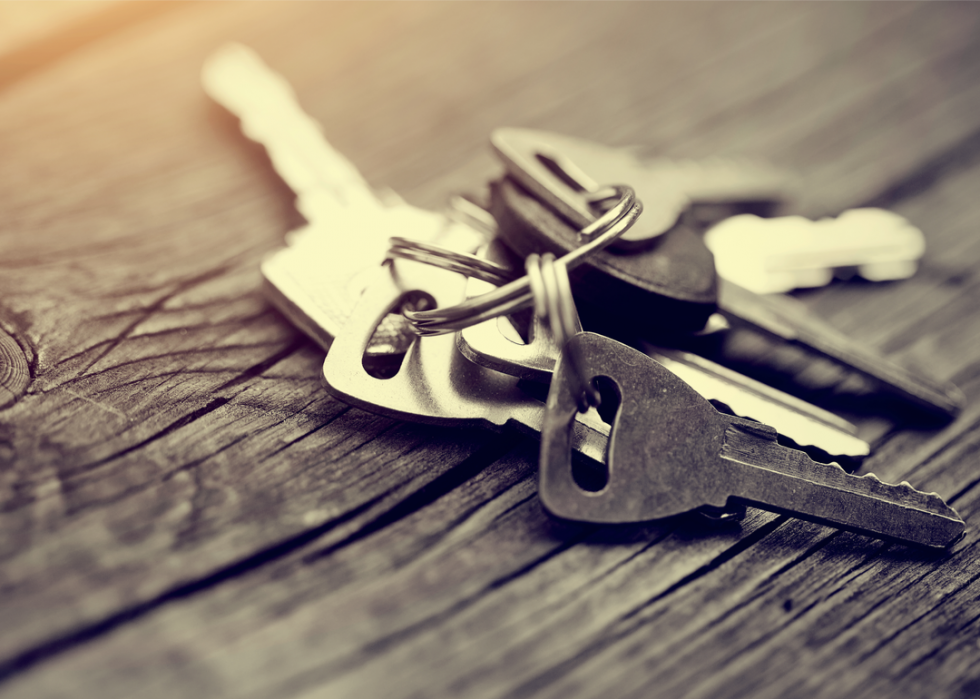
Black people have the lowest homeownership rate
Higher rates of poverty and lower incomes make homeownership much harder for Black people. Business Insider reports that in the first quarter of 2020, 44% of Black households own their homes, compared to 73.7% of white households (data from the U.S. Department of Commerce through the Census Bureau).
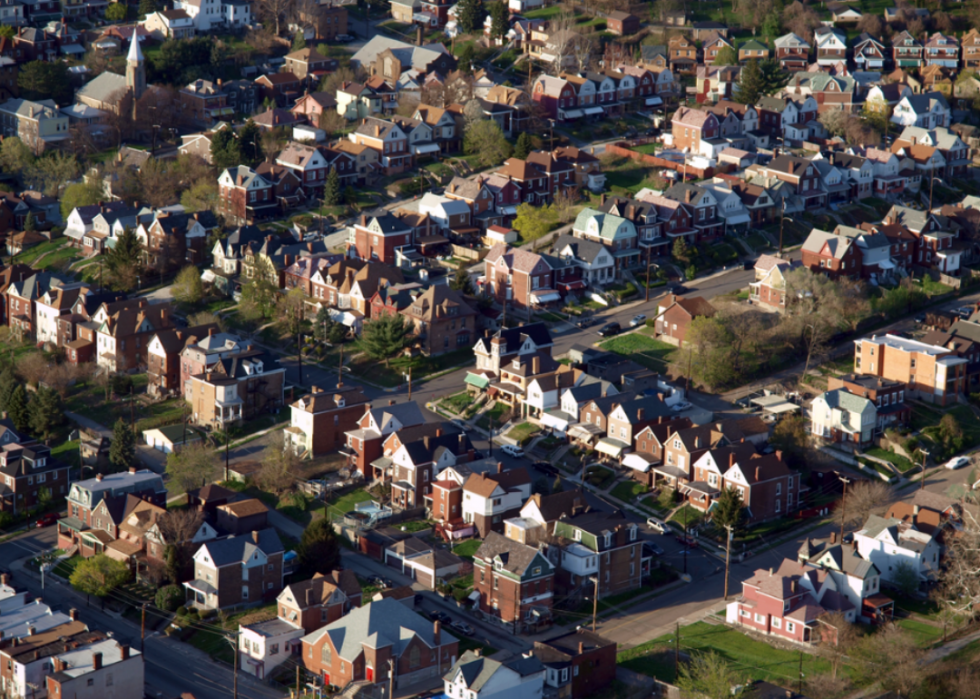
Homes in Black neighborhoods are routinely undervalued
Jim Crow-style segregation is still in today's real estate market. If a home is in a Black neighborhood, it is priced around 23% less to a similar house in a white part of town, according to a 2020 Brookings report.
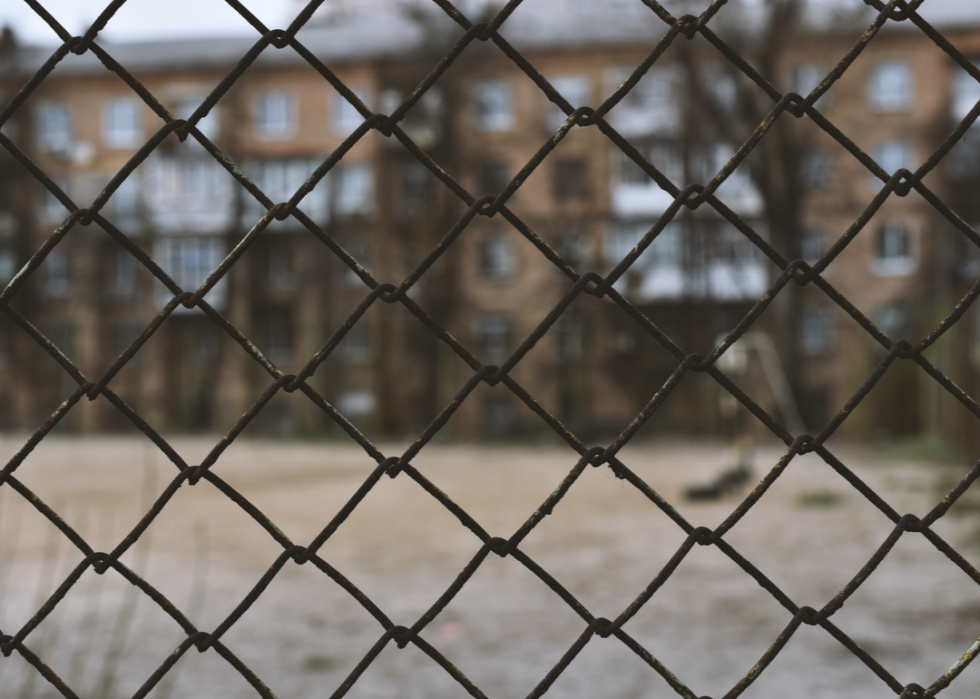
Segregation can lead to a significantly lower Black life expectancy
Two zip codes in Washington D.C. have drastically different life expectancies, according the United States Small-Area Life Expectancy Project. The difference between the mostly white zip code 20088, where the town Friendship Heights is, and the more Black 20020, where Barry Farm is, is a whopping 30 years (based on CDC data).

Black unemployment is persistently twice as high as white unemployment
No matter how the job market shifts, there remains one constant; unemployment is twice as bad for Black people, according to Pew. In 1954, Black unemployment was 9.9%, white unemployment was 5%; in 1980, Black unemployment was 19.5%, white unemployment was 8.4%; in 2013, Black unemployment was 13.4%, white unemployment was 6.7%.

Resumes with Black names are routinely ditched in favor of applicants with white names
When it comes to systemic discrimination, there can be a lot in a name. In a study published in a 2004 issue of The American Economic Review, researchers Marianne Bertrand and Sendhil Mullainathan looked at 5,000 resumes and 1,300 jobs from 2000–2002. Resumes with traditionally white names received 50% more callbacks than those with traditionally Black names.

Black people earn far less than white people
After getting over the hurdle of gaining employment as a Black person, then comes the trouble of fair compensation. Bertrand and Mullainathan also found that Black people, on average, earn 25% less than white people.

Black workers with advanced degrees are more likely to be underemployed
Black people with advanced degrees are more likely to be in jobs that don't require them than white people. A 2019 Economic Policy Institute report notes that 40% of Black people experience underemployment compared to 31% of white workers.

Black people are underrepresented in higher-paying jobs
Climbing up the professional ladder is also a challenge. The Bureau of Labor Statistics reports that in 2018, 54% of Asian Americans and 41% of white people were in management or professional positions, while 31% of Black people had similar jobs.
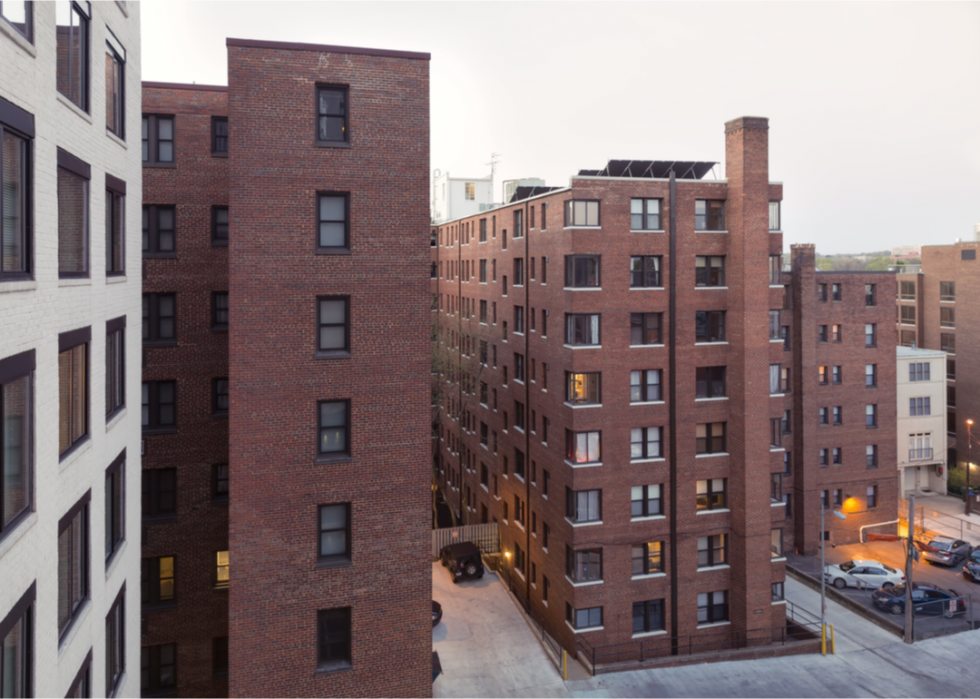
Black segregation is entrenched in American housing
Segregation is an integral part of America's real estate market and housing systems. In a University of Michigan analysis of census data from 1990–2010, researchers found that in 70 of the country's 100 largest metro areas, more than half of the Black and white residents would need to move to another census tract to integrate the metro.
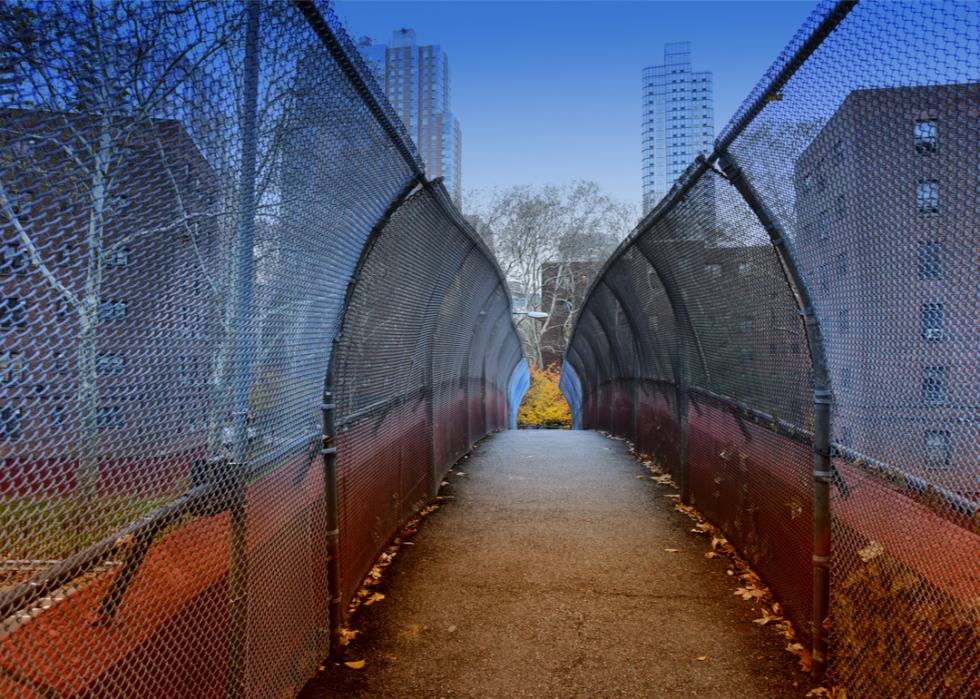
At our present rate, America won't see an integrated nation until 2120
At the same rate of progress integrating cities seen since the 1970s in the U.S., over 268 of the nation's metro areas won't be integrated until at least the next century, according to a 2016 Brookings report. A troubling caveat, however, researchers note, is that the bulk of city integration is due to the arrival of Asian and Hispanic communities and not by significant movement from white or Black people.
[Pictured: View of NYC Housing Authority residences at Farragut & Ingersoll Houses in Brooklyn, New York.]

Black people are less likely to have health insurance
A big barrier to health care for Black people is simply getting the help they need at all without having to pay upfront. According to census data, as of 2017, 10.6% of the Black population was uninsured, and 6.3% of non-Hispanics-whites were without insurance.
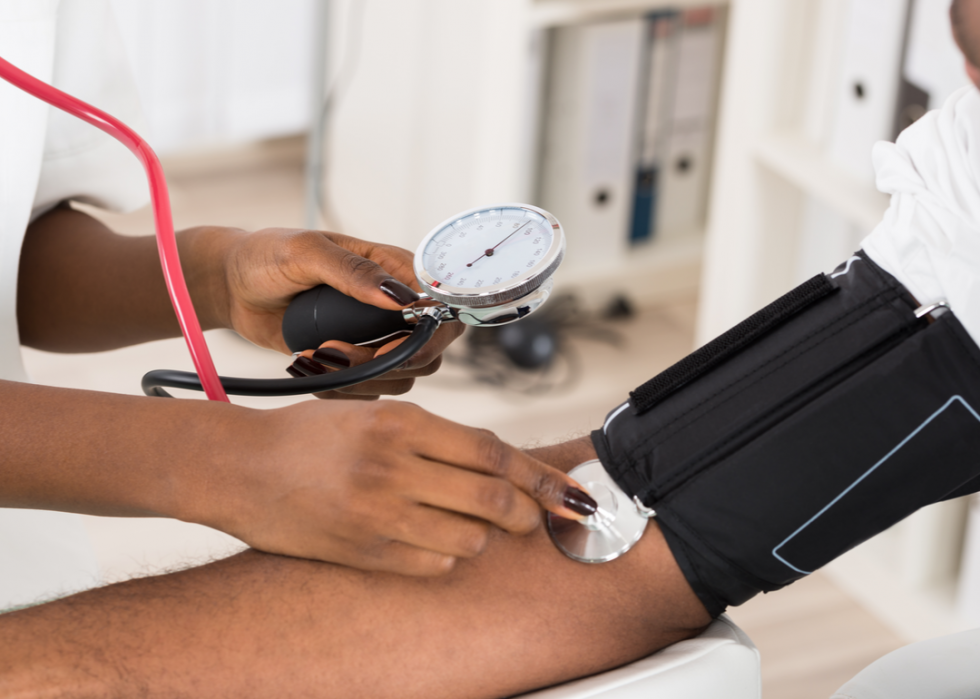
Chronic health issues plague Blacks more than whites
Just over 7% of white kids had asthma in 2017, according to the CDC, while 12.6% of Black kids had it. Over 40% of Black people over 20 have hypertension, compared with 28.7% of white people.
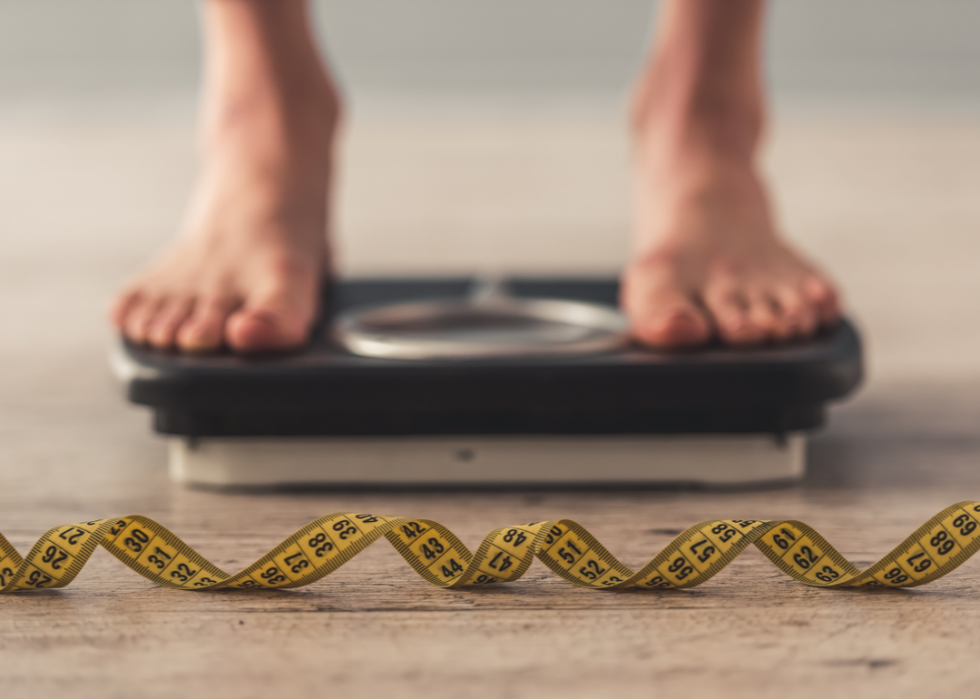
Black people are more likely to be obese
As the nation struggles with growing average weights, Black people see a higher rate of their population battle obesity and the health issues that come with being too overweight. A 2013 study published by the journal Preventative Medicine found 32% of whites are obese compared to 44% of Blacks.

Black infant death is twice the national average of white infants
For every 1,000 Black live births, there are 11 infant deaths, according to data collected in 2018 by the National Center for Health Statistics. That nearly doubles the national average of 5.8 white infant deaths.
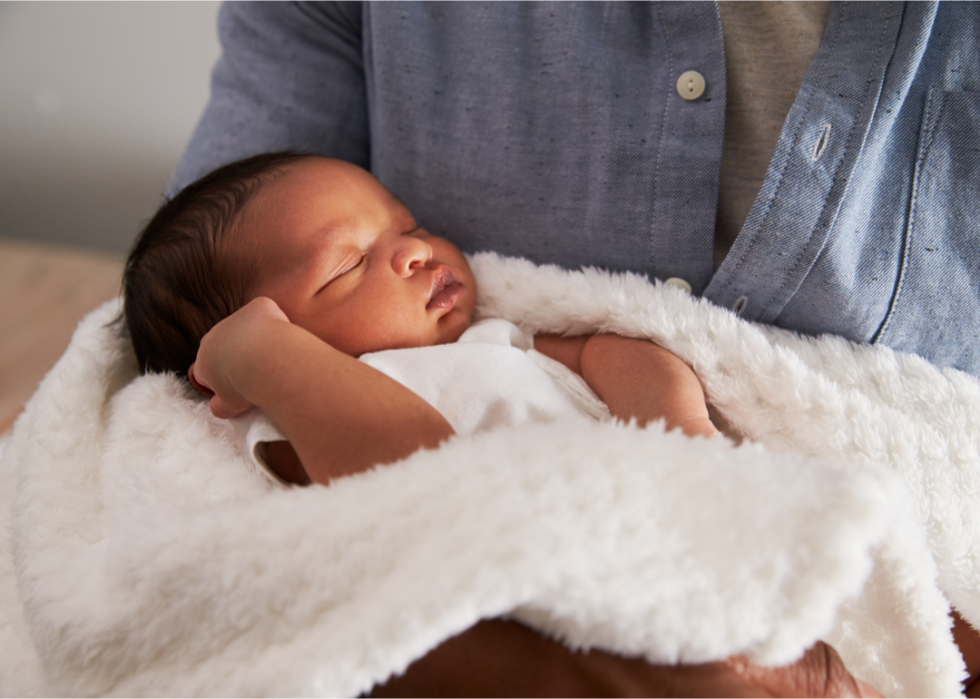
Black women are significantly more likely to experience pregnancy-related death than white women
Even among white and Black women of similar economics and education backgrounds, Black women die during pregnancy at significantly higher rates. Black women are three to four times more likely to die from pregnancy-related complications, the National Partnership for Women & Families found in a 2018 study.

Black women make about $1 million less over their lifetime than white men
Black women earned 61 cents to every dollar earned by a white man in 2017, according to a 2019 study by the D.C.-based policy research and advocacy organization, Center for American Progress. That adds up to earning $23,653 less a year, and $946,120 over a lifetime.

The Black community is underserved in mental health services
When tracking who is receiving health for mental illness, Black people tend to receive services less than white people. In 2017, the U.S. Department of Health and Human Services (DHHS) Office of Minority Health found that over 18% of white adults received mental health services compared to 8.7% of Black adults.

Black patients are less likely to receive quality health care
There's being barred from care at all, and then there's the more subtle issue of Black people experiencing incomplete care. Between 2013 and 2017, Black people were 40% less likely to receive top-notch care, according to the DHHS’s 2018 National Healthcare Quality & Disparities Report.

Black people are more likely to be hospitalized due to COVID-19
In a stretch in late March, the CDC reported that Black people accounted for 18% of coronavirus patients but 33% of all hospitalizations. Fifty-nine percent of patients were white, yet they only represented 45% of hospitalizations.
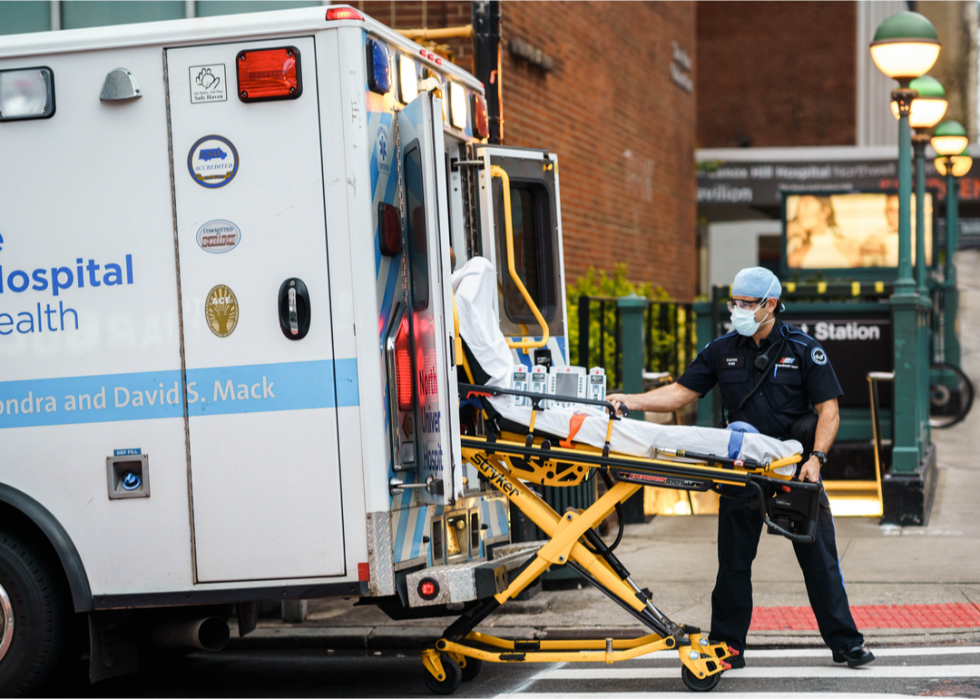
Death from COVID-19 is more than twice as likely for Black people
The pandemic has put a strain not only on America's health system but also on the nation's disparities within. The American Public Media Research Lab says as of late May, Black people were more than twice as likely to die from coronavirus than white people.
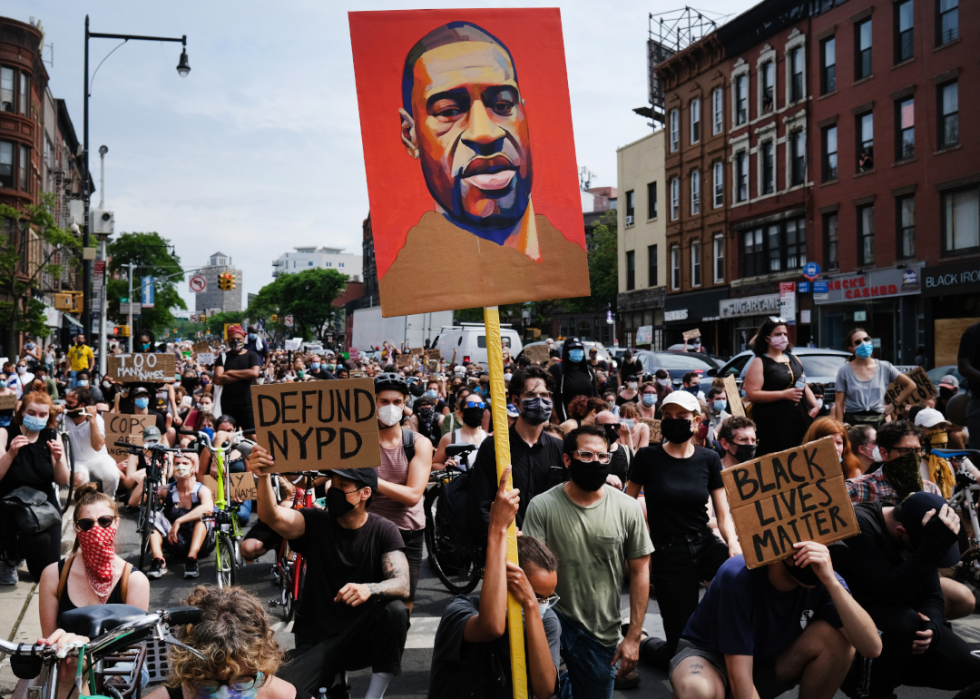
Black men are 2.5 times more likely to be killed by police than white men
The odds a Black man is killed in his lifetime is 1 in 1,000, according to the Proceedings of the National Academy of Sciences of the United States of America. That's more than double the likelihood of a white man's chances. Since the police's high-profile killings recently sparked worldwide protests, the use and style of police force, especially against Black people, has been heavily criticized.
[Pictured: Protesters march in downtown Brooklyn, New York, over the killing of George Floyd by a Minneapolis Police officer on June 5, 2020. ]

Black people are more likely to be shot by police
About half of all people shot by police are white; but this is an issue of disproportionality. At a rate of 1 million fatal police shootings, 12 victims are white and 30 are Black, according to research by the group Mapping Police Violence via the Washington Post.

Black people are 10 times more likely to be arrested
Sometimes disparities experienced by Black people are especially exaggerated compared to white people, but the disparities can be staggering between Balck people and everyone else, too. USA Today reported that Black people are 10 times more likely to be arrested than someone who is non-Black, based on data from 70 departments across the country.
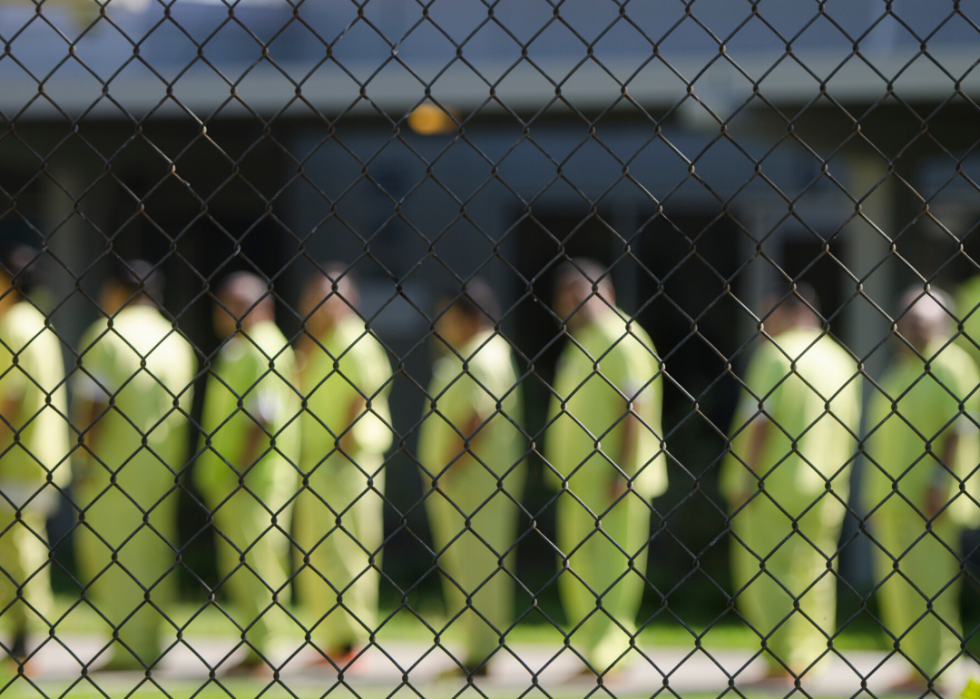
Tens of thousands more Black people are in prison
In 2007, there were over 90,000 more Black people in prison than white people, says the Pew Research Center. But, in 2017, that number fell below 40,000.
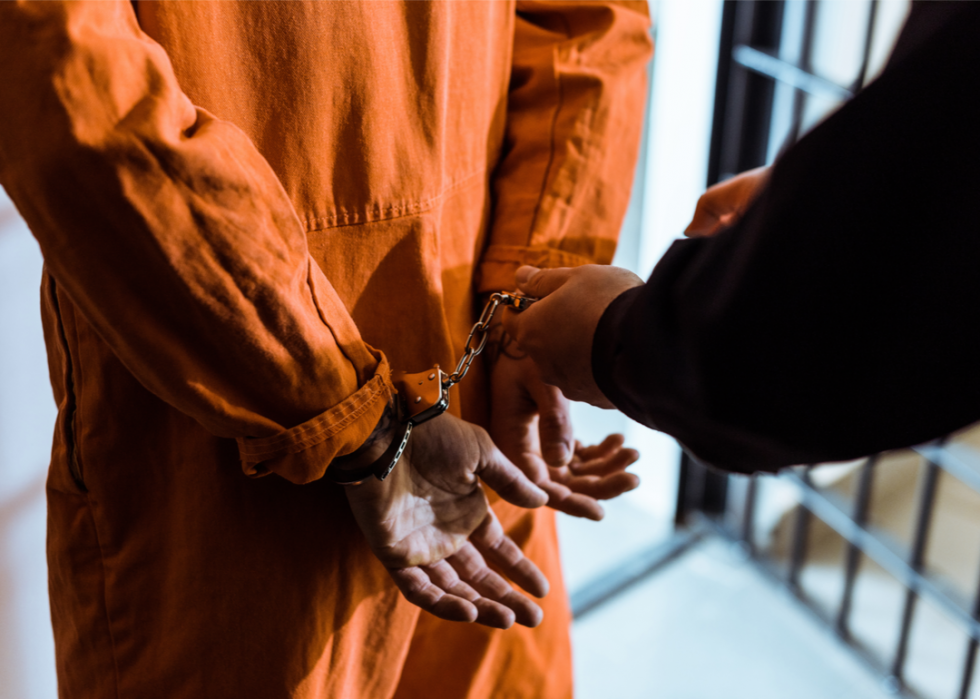
10% of Black men in their 30s are locked up
Prison population numbers, like the overall population, can shift. On a daily basis, 1 in 10 Black men in their 30s is in imprisoned, according to The Sentencing Project.

More than 1 in 4 drug arrests are of Black people
In its paper to the United Nations, The Sentencing Project reported that more than 1 in 4 drug arrests involved Black people in 2015. Yet, drug use rates aren't substantially different among race and ethnicity.
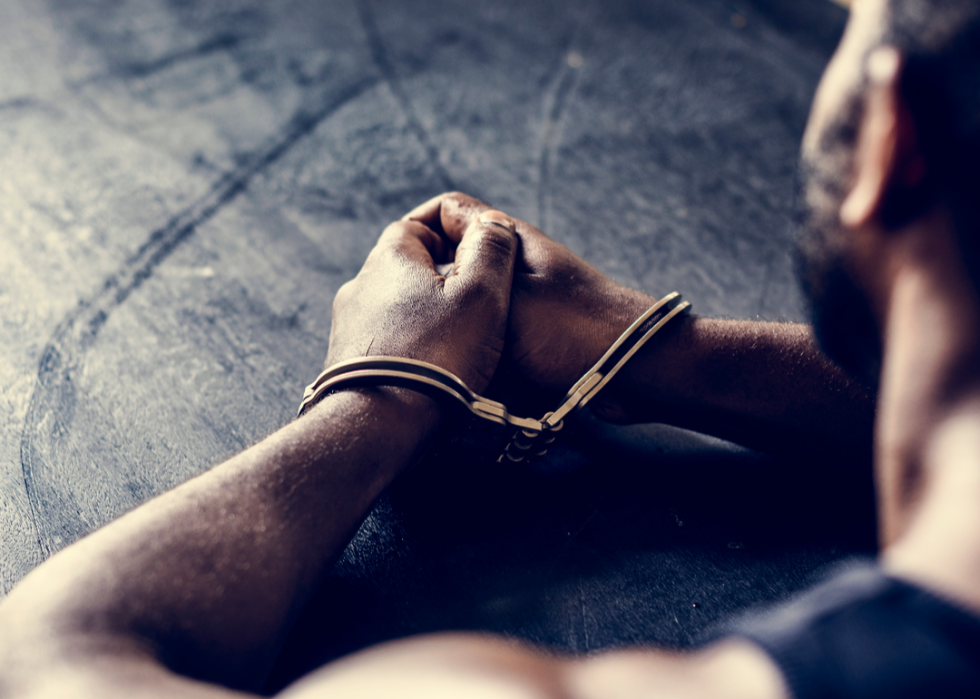
Black people are far more likely to be arrested for petty crime
Not all smaller offense types see staggering disparities, but others do. For misdemeanors like vagrancy, simple assault, theft, disorderly conduct and vandalism, the Black arrest rate was more than twice as high, according to researchers whose findings were published in the Boston University Law Review in 2018.

Black men receive much longer sentences than white men
Sentencing disparity exists even when people are convicted of the same crime, according to work by the United States Sentencing Commission in 2017. On average, when convicted of the same infraction, Black men receive sentences that are 19% longer than white men.
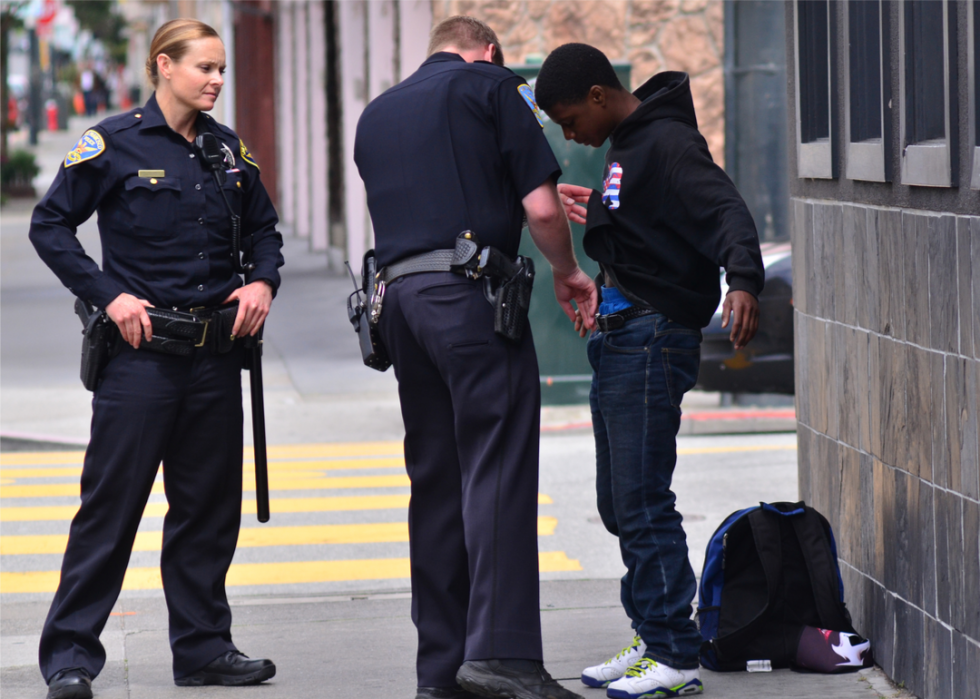
Black people are searched by law enforcement more often
Black and Hispanic drivers are twice as likely to be searched, according to a 2020 article in the journal Nature Human Behaviour. Researchers found this rate holds even though both Blacks and Hispanics are less likely to have drugs found in their car than whites.
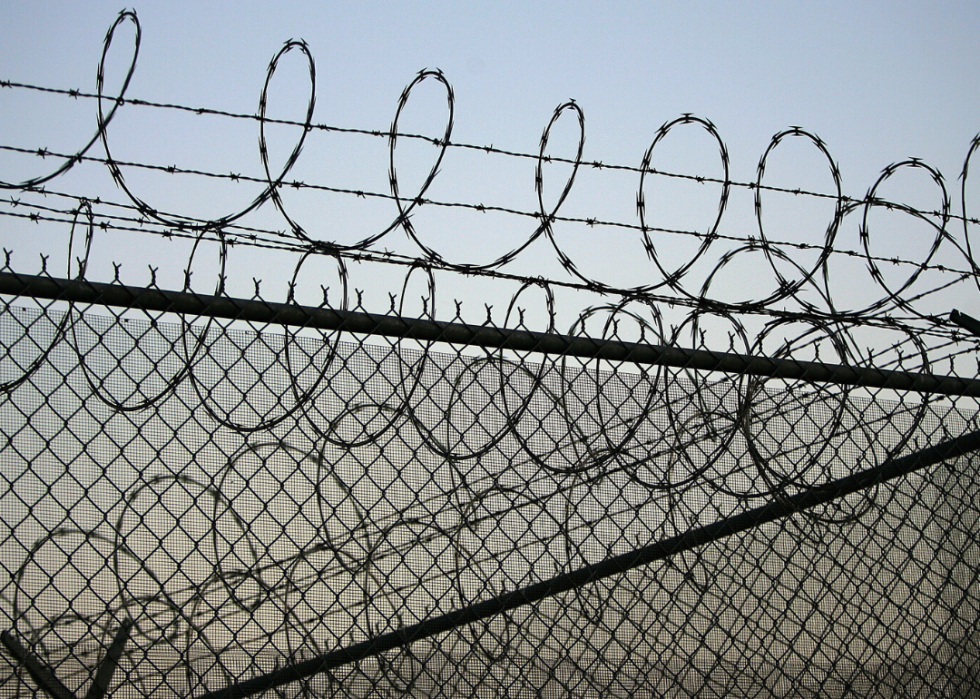
Black people are overrepresented in prison
Sixty percent of the U.S. population is white but account for 30% of the prison population, according to U.S. Department of Justice figures from 2018. Conversely, Black people represent 12% of the population but 32% of the prison population.
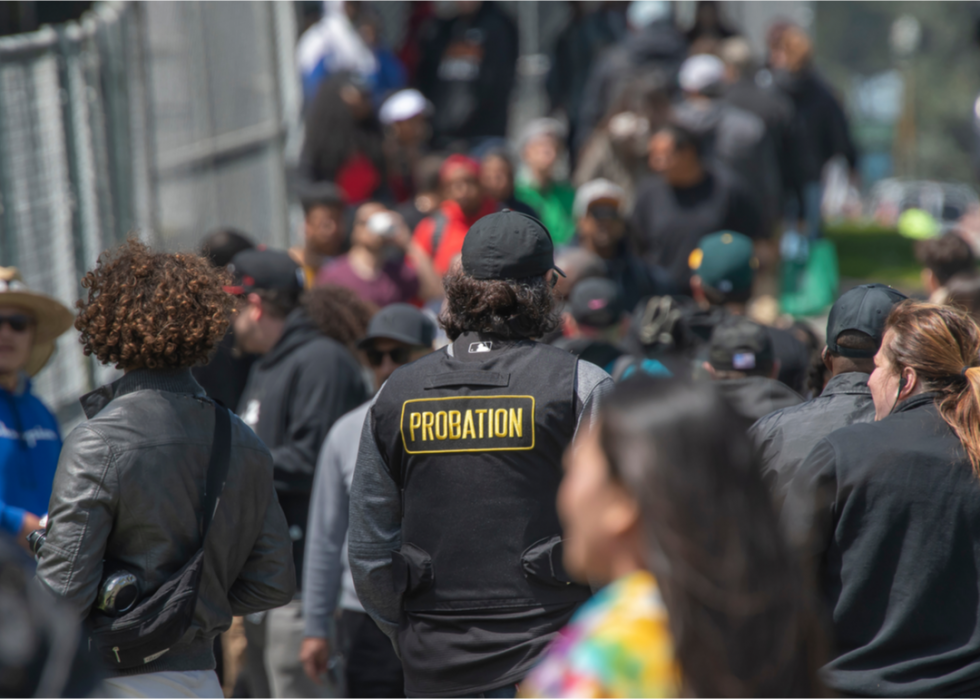
Black people are more likely to have parole supervision
Once out of prison, it's much harder for Black people to be completely free of the incarceration system. Black people are four times more likely to be placed under parole supervision than white people, according to Columbia University's Justice Lab.
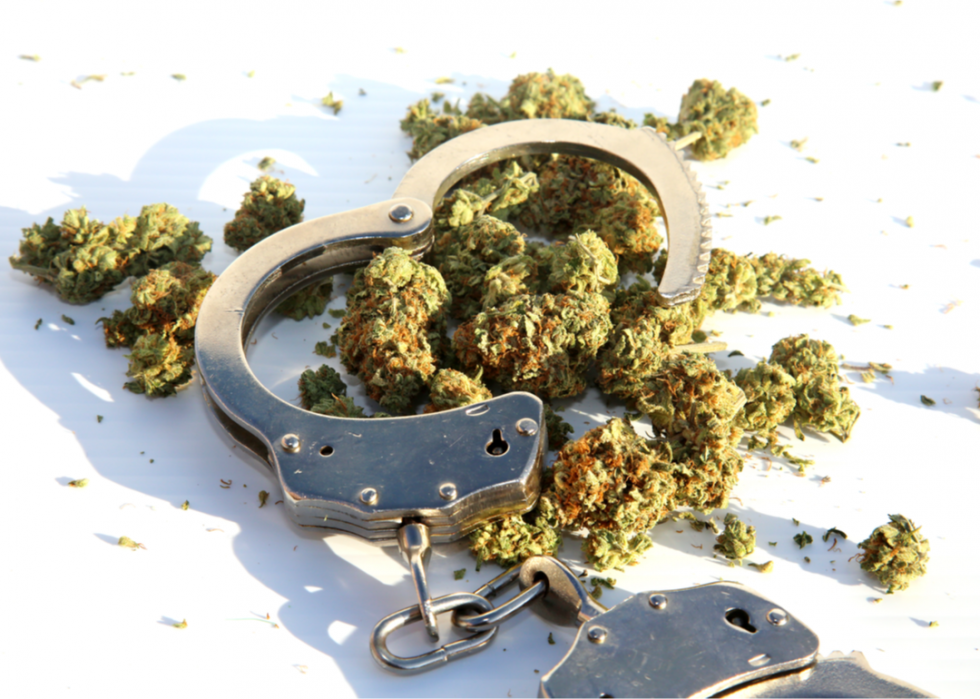
Black disparity in marijuana arrests is getting worse
States have begun legalizing and decriminalizing marijuana. Still, Black people are arrested for the drug disproportionally, and it seems to be getting worse, says a report from the ACLU. In 2010, Black people were 3.3 times more likely to be arrested for marijuana, which jumped to 3.6 times more likely in 2018.
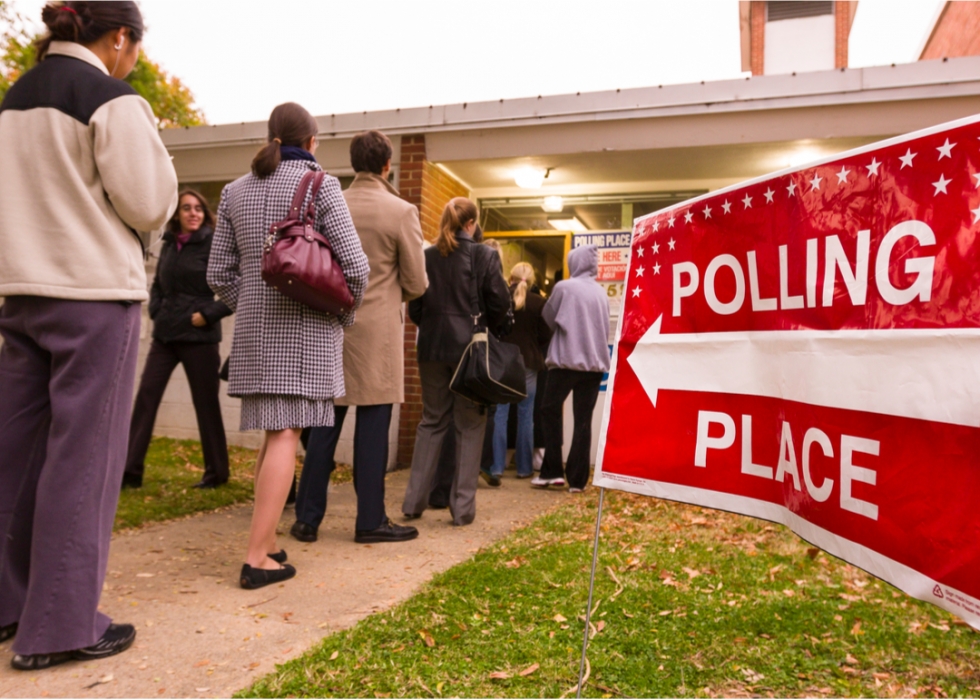
Black people report voter suppression more than white people
According to the Public Religion Research Institute, 5% of white people reported being incorrectly told they weren't on voter rolls the last time they voted, compared to 10% of Black respondents. Three percent of white respondents said they were incorrectly told they did not have the proper identification to vote, 9% of Black respondents said the same happened to them.
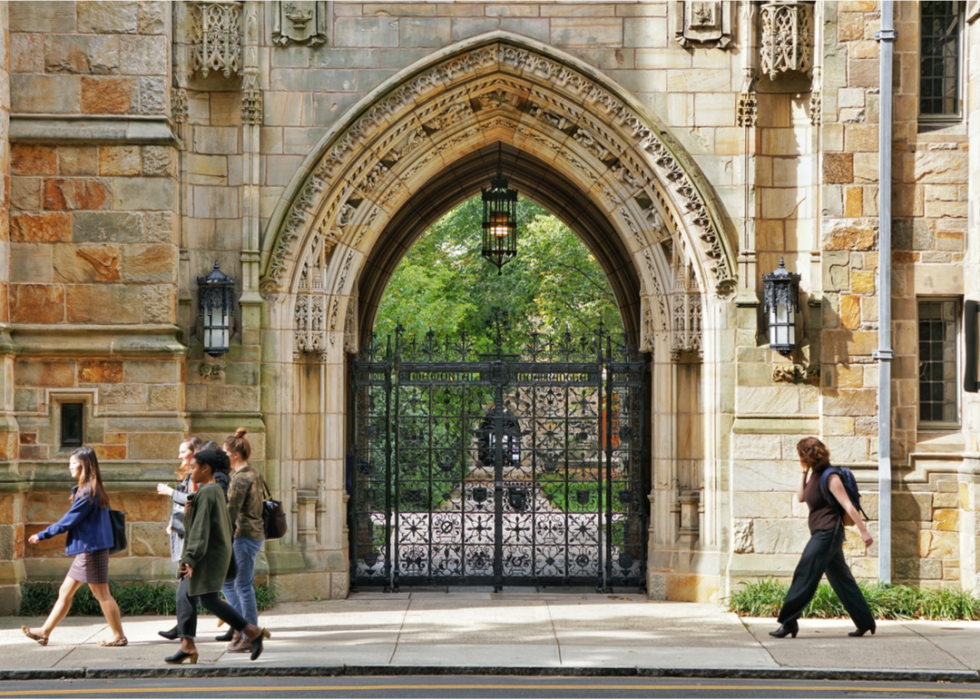
Black student college acceptance rates lag behind white students
Getting into college is an uphill battle for every student, but it is much steeper for the Black student, says the National Center for Education Statistics (NCES). In 2013, 42% of whites aged 18 to 24 were enrolled in college, relative to 34% of Black and 34% Hispanic students in that age group.

Fewer Black people receive college degrees than white students
Percentages are helpful. Big numbers can also show the emphatic disparity. From 2013 to 2015, if Black and Hispanic students graduated from college at the same rate as their white counterparts, there should be 1 million more college graduates, according to the Center for American Progress.
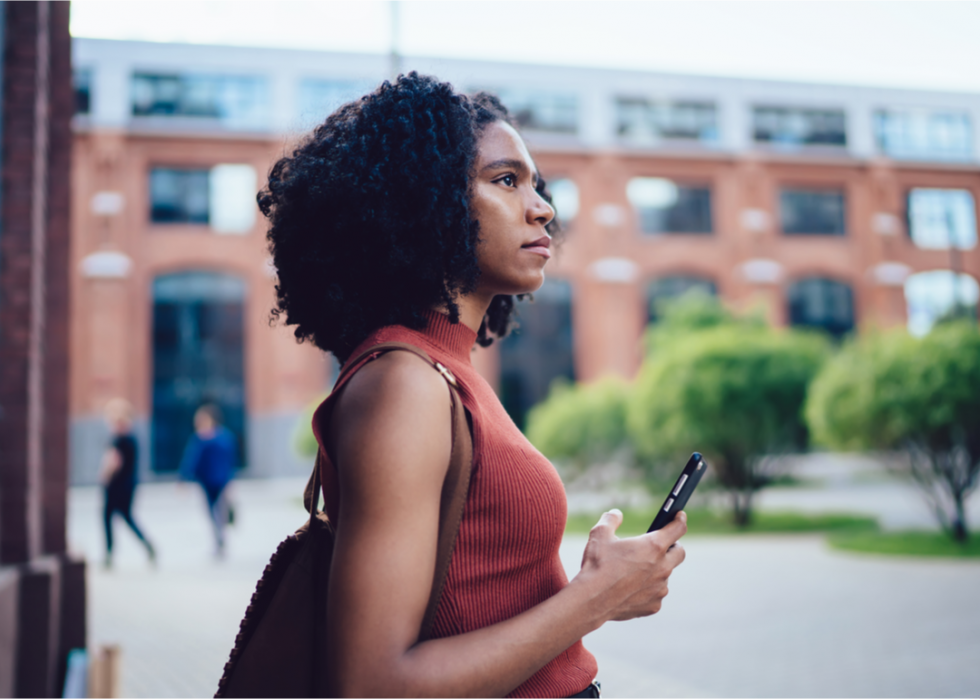
Black students are more likely to go into debt for college
Getting to college and leaving with a degree is half the battle. Seventy-two percent of Black students go into debt compared to 56% of white students, says the NCES (based on 2011–12 data).
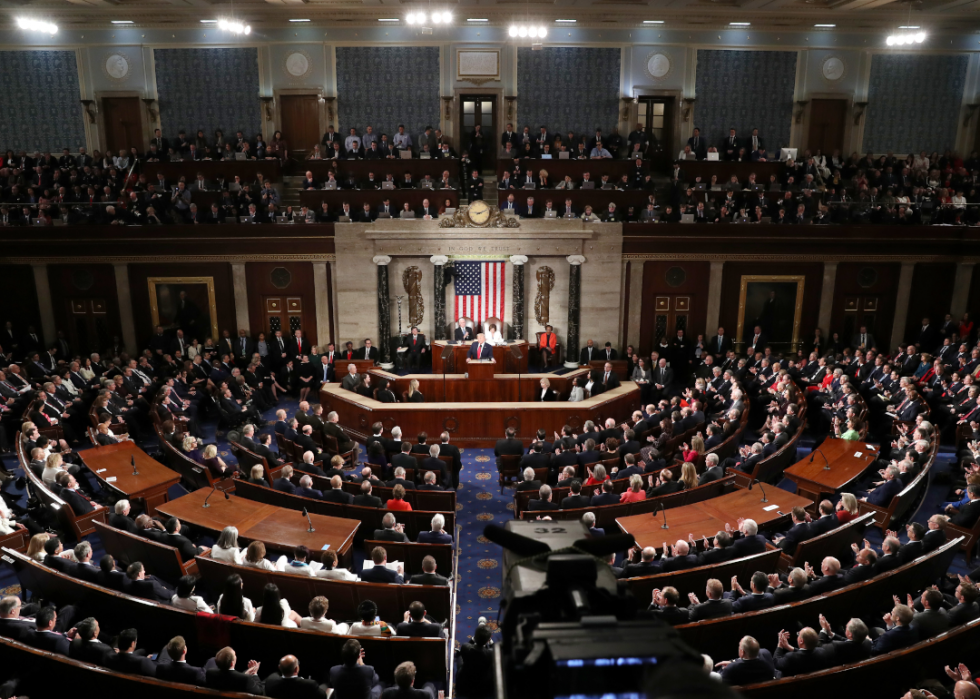
2019 is the first year in history the percentage of Black House of Representatives represented the Black population share
There were 52 House members in 2019, which makes up 12% of the legislative body. That is the first time in American history the number of Black representatives in the House was a fair representation of the population, notes the Pew Research Center.
[Pictured: State of the Union Address on Feb. 4, 2020.]
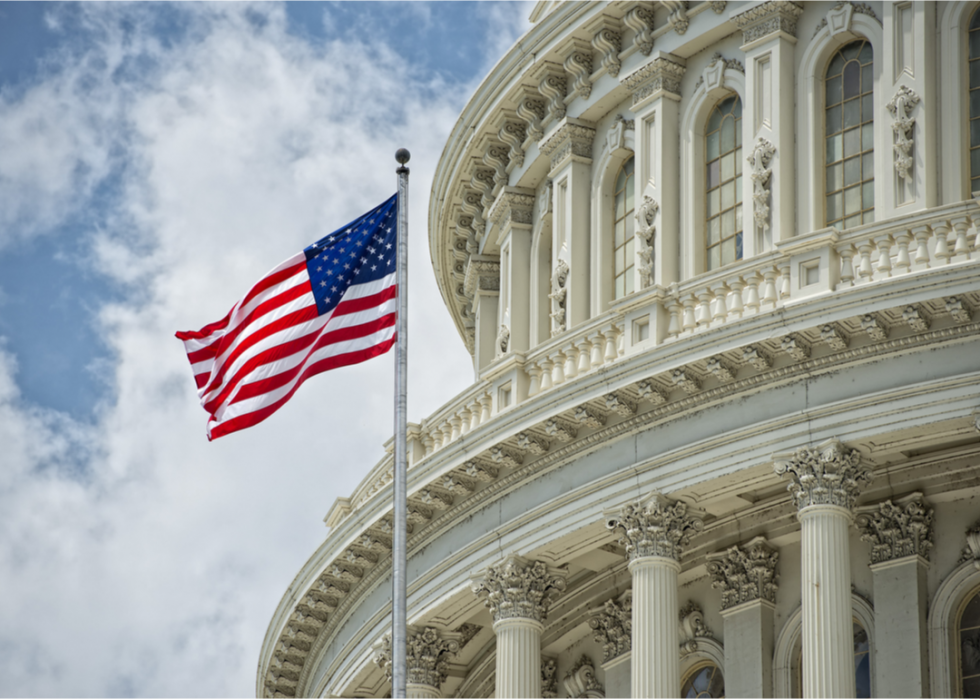
Only 10 Black people have ever served as a U.S. senator
As of 2019, two of the nation's 100 U.S. senators are Black. In the nation's history, according to the United State Senate’s website, only 10 Black people have served in such a capacity.

Only one president and two governors have ever been Black
Barack Obama became the first Black and first non-white man to be president. NPR notes there have only ever been two elected Black governors: Douglas Wilder in Virginia and Deval Patrick in Massachusetts.
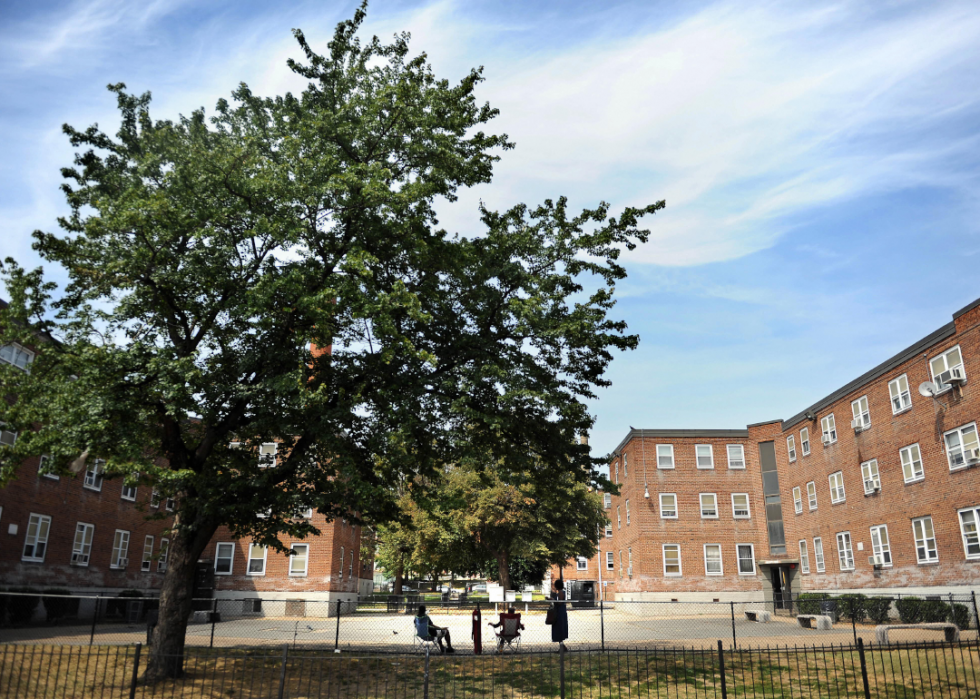
An enormous chunk of the Black population lives in poverty
United States Census Bureau data from 2007–2011 shows that 11.6% of all white people in the U.S. are poor, while 25.8% of the Black population lives in poverty.
[Pictured: A view of a public housing complex outside of Washington D.C.]

Dying costs more for Black people
Even in death, Black people pay a higher price. Medicare end-of-life, on average, costs an extra $7,100 for Black people, according to University of Michigan researchers, who published findings in the Journal of the American Geriatrics Society in 2016.



